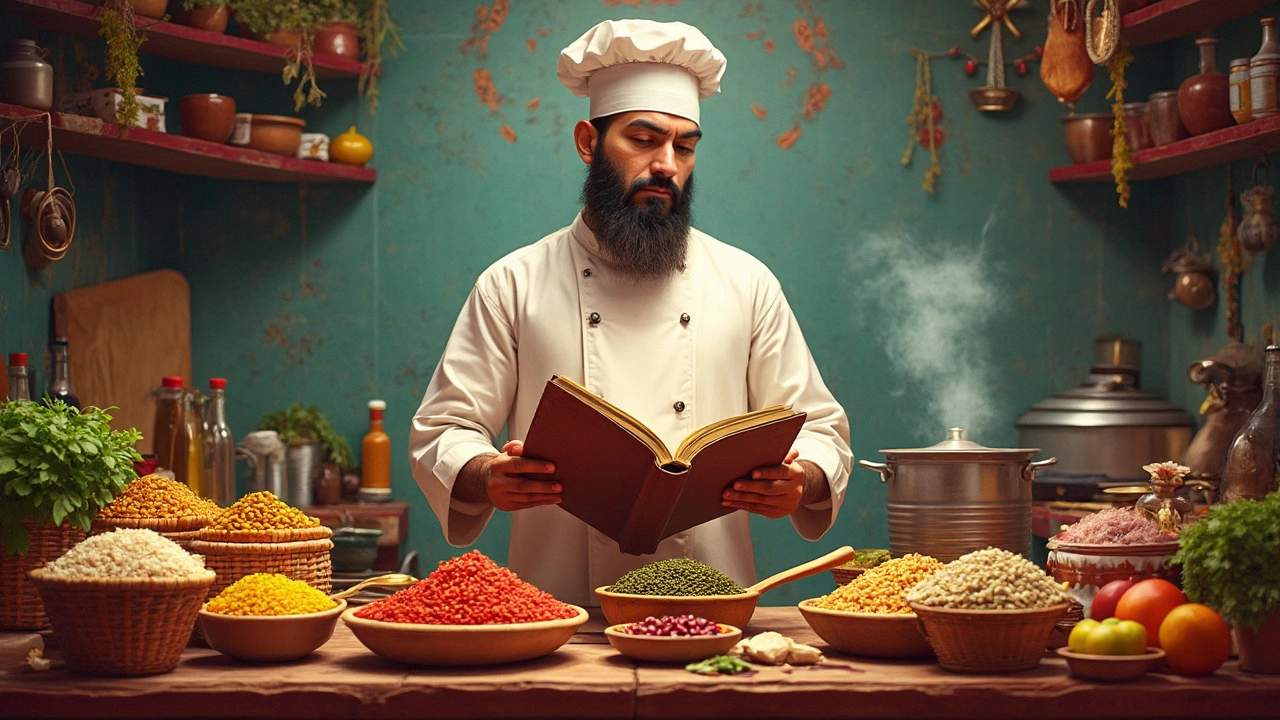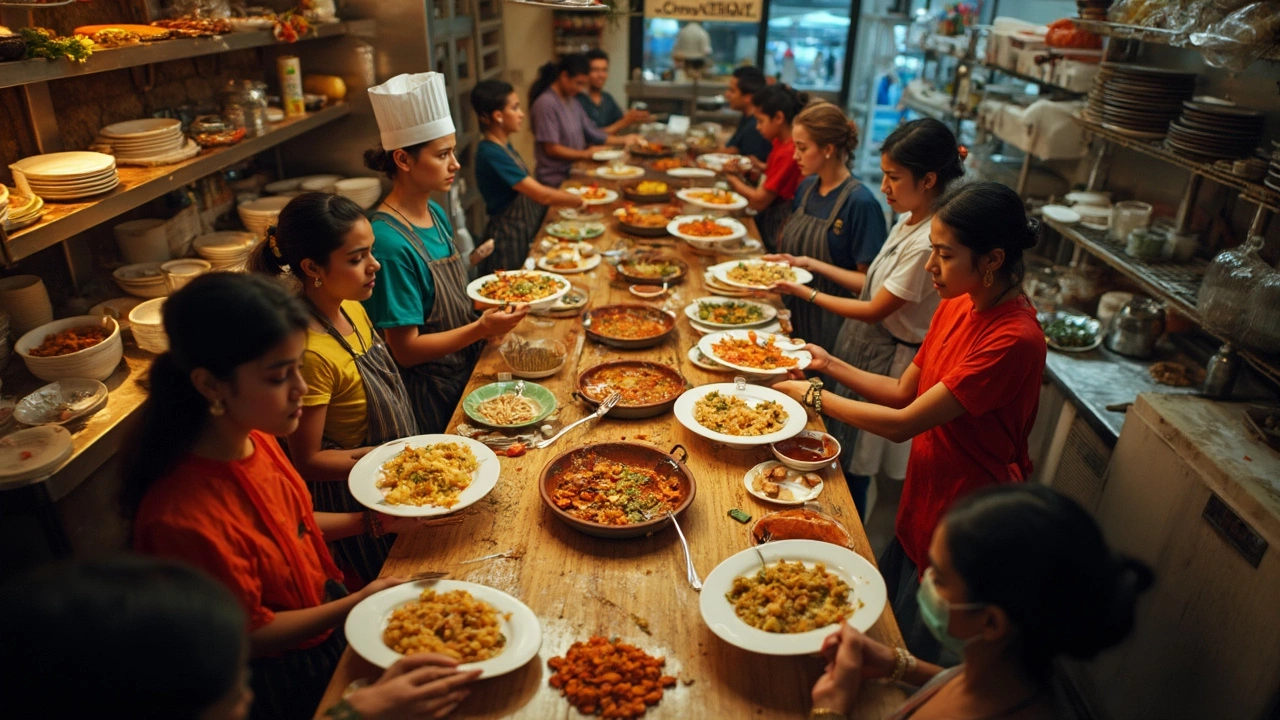Classes of Food: Understanding the Main Food Categories
When talking about classes of food, the broad groups that make up everything we eat, from grains to proteins. Also known as food categories, this concept helps us sort what we put on our plates and why it matters. Knowing the major groups lets you plan meals, compare nutrition, and spot trends like the rise of plant‑based diets. Below we break down the key groups, show how they link to everyday topics, and give you a roadmap for the articles that follow.
Why Food Classes Matter
Every diet is built on a few core cereals, grain‑based foods like rice, wheat, and maize that provide carbs and energy. Classes of food encompass cereals, fruits, vegetables, and protein sources, each bringing distinct nutrients. When you understand that rice belongs to the cereal class, you can see why it fuels half the world’s population and why it shows up in articles about annual rice needs, rice‑producing states, and the history of rice cultivation. The cereal class also drives discussions on sustainability, because shifting from wheat‑heavy systems to diversified grain mixes can reduce water use and improve soil health.
Fruits form another vital class. In our tag collection we highlight fruits, sweet or tart edible plant parts that usually contain seeds and high levels of vitamins. Zero‑waste fruit ideas demonstrate how the fruit class can be both nutritious and environmentally friendly, turning peels into snacks and reducing kitchen trash. Knowing the fruit class also explains why certain varieties dominate India’s floral market—some flowers double as edible garnishes, blurring the line between decoration and food.
Vegetables round out the plant‑based side of the food spectrum. They belong to the vegetable class, a group rich in fiber, minerals, and phytonutrients. Articles on no‑till gardening and soil rehydration show how better soil practices boost vegetable yields, making the vegetable class more sustainable. When you pair vegetables with protein sources—meats, legumes, dairy—you create balanced meals that meet dietary guidelines. The protein class is especially important for vegetarian diets, which rely heavily on beans, nuts, and soy to replace animal proteins. Our post about countries with high vegetarian populations ties directly back to this protein class, illustrating how cultural food choices shape national nutrition profiles.
All these classes intersect in real life. A typical Indian thali might feature rice (cereal), dal (protein source), a vegetable curry, and a fruit dessert—all distinct classes working together for taste and nutrition. The articles below explore each class from different angles: the math behind yearly rice consumption, the economics of high‑demand flowers, the cost of the most expensive plants, and the impact of manufacturing on food‑related industries. By understanding the building blocks—cereals, fruits, vegetables, and protein sources—you’ll get more out of each piece of content and see the bigger picture of how food classes shape our lives.
Exploring the Six Classes of Food: Key Insights for Food Processing
Food processing units need to understand the six classes of food to create balanced and nutritious products. These classes—carbohydrates, proteins, fats, vitamins, minerals, and water—play essential roles in maintaining health. Knowing how each class contributes to the body can help in developing better food items. This article provides insights into each class, offering tips and interesting facts to aid food processors in their work.
- manufacturing
- India
- food processing
- garden tips
- rice cultivation
- government schemes
- balcony garden
- urban gardening
- balcony gardening
- profitable business
- business ideas
- plastic manufacturing
- drip irrigation
- plant care
- steel manufacturing
- sustainable gardening
- startup ideas
- steel industry
- flower gardening
- textile manufacturers






